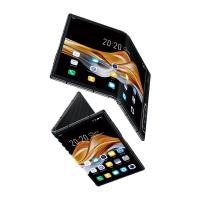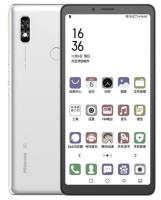Phablets
Phablets are taking over regular smartphones, not only because of dwindling aspect ratios of 20:9 or 19.5:9, but also because of the multitude of smartphones with edge-to-edge displays which are almost bezel-less on all four sides. Among China mobile phones, devices with a screen diagonal larger than 6.1 inches with 18:9 format already belong to the Phablet category. In general, the term Phablet is a cross between the words Phone and Tablet.
Since the trend towards full-screen mobile phones, the screen size can no longer be equated with the actual size of the smartphone itself. Despite growing dimensions and a much larger display, cell phones are becoming more and more compact. The rear of mid-range and high-end phablets remains the same and is made of metal or glass. Also on board are: dual cameras or even triple and quad cameras, a full-screen display and very narrow bezels. The fingerprint sensor moves from its previous position below the actual display either directly under the display glass itself or to the back of the device. Some giant phones, such as the Huawei Mate 20 X, can also be used with a stylus pen, for example to write text.
The massive mobile phones make media consumption much easier, especially on the go. Thanks to large screens and razor-sharp resolution in at least FullHD, videos on YouTube or TV series and films on Netflix, Amazon Prime or Hulu can be watched without restriction, and games can be played without problems either. One-handed operation is a problem with these devices though! As with the flagship mobile phones, the Phablet range includes manufacturers such as Xiaomi, Huawei, Oppo, Vivo and OnePlus, as well as smaller smartphone manufacturers such as Cubot and Oukitel, which are far less known in the West.
You can find our top big screen phones here:





